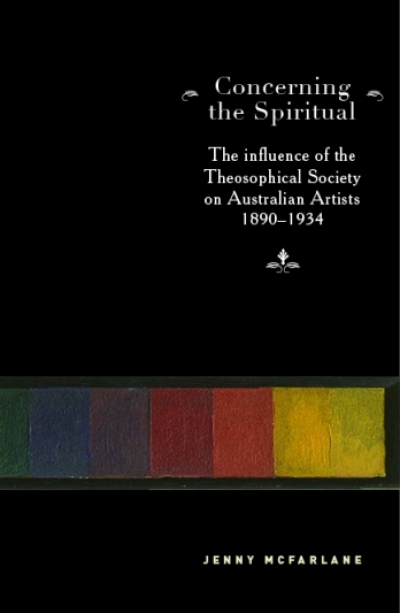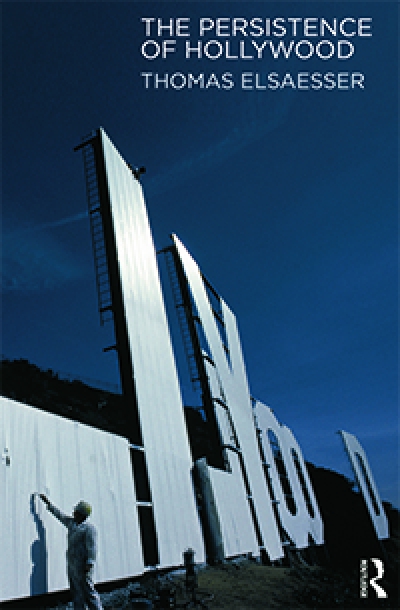Arts
Visions Past and Present: Celebrating 40 Years by Christopher Menz
by Jane Clark •
Concerning the Spiritual: The influence of the Theosophical Society on Australian Artists 1890–1934 by Jenny McFarlane
by Steven Miller •
The Beach Beneath the Street: The Everyday Life and Glorious Times of the Situationist International by McKenzie Wark
by Ben Juers •
Luminous: Celebrating 50 Years of the Australian Ballet edited by Kate Scott and Lorelei Vashti
by Jordan Beth Vincent •
The Steins Collect: Matisse, Picasso, and the Parisian Avant-Garde edited by Janet Bishop, Cécile Debray, and Rebecca Rabinow
by Patrick McCaughey •
In 1981, William Kentridge journeyed from apartheid South Africa to the École Jacques Lecoq in Paris, renowned for its work in improvisation and physical theatre – theatre that creates itself in play. Though Kentridge would become an artist – working in drawing, printing, animation, film, opera, and sculpture – physical theatre and improvisation come closest ...
Survival of the Beautiful: Art, science, and evolution by David Rothenberg
by Ian Gibbins •








